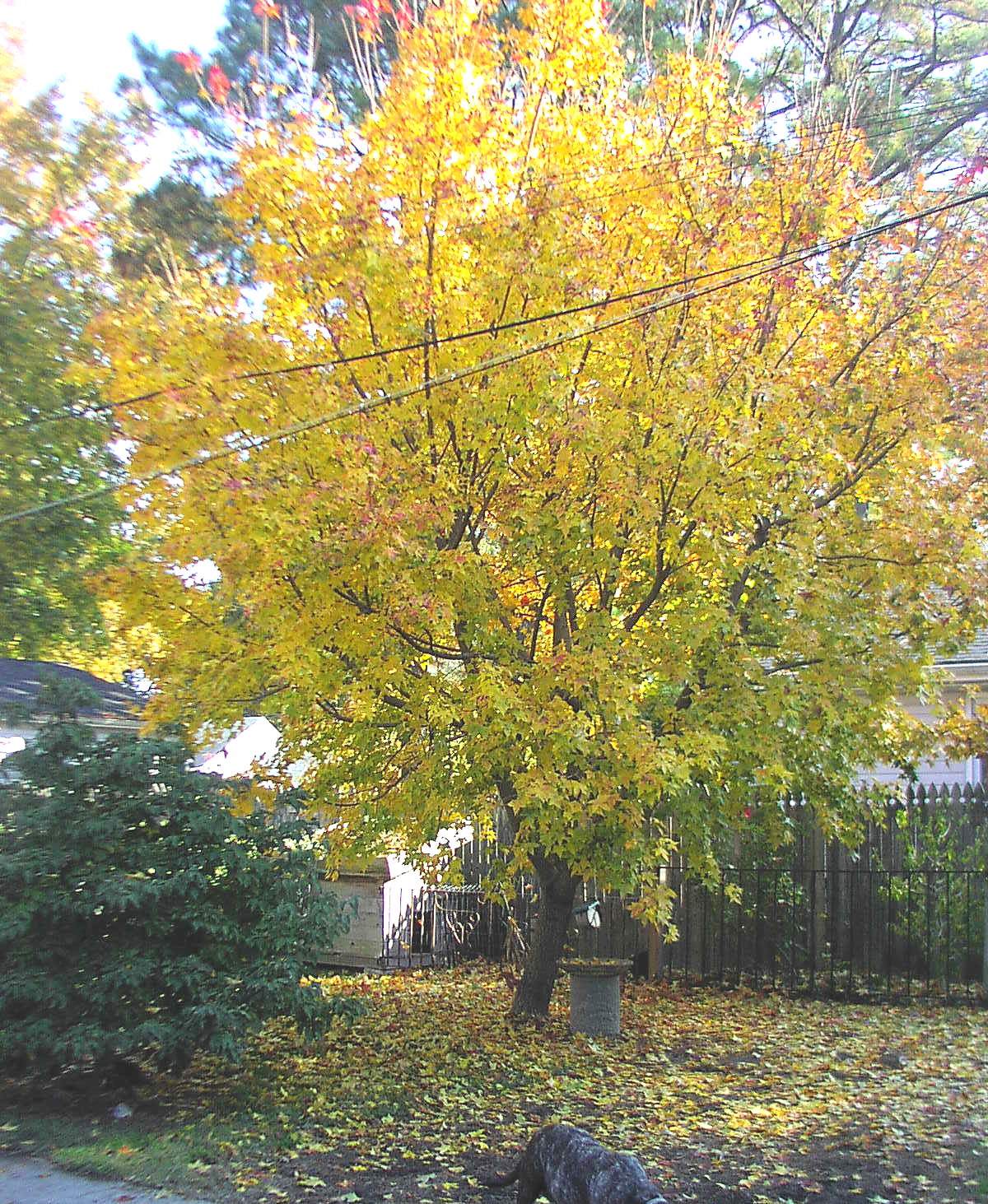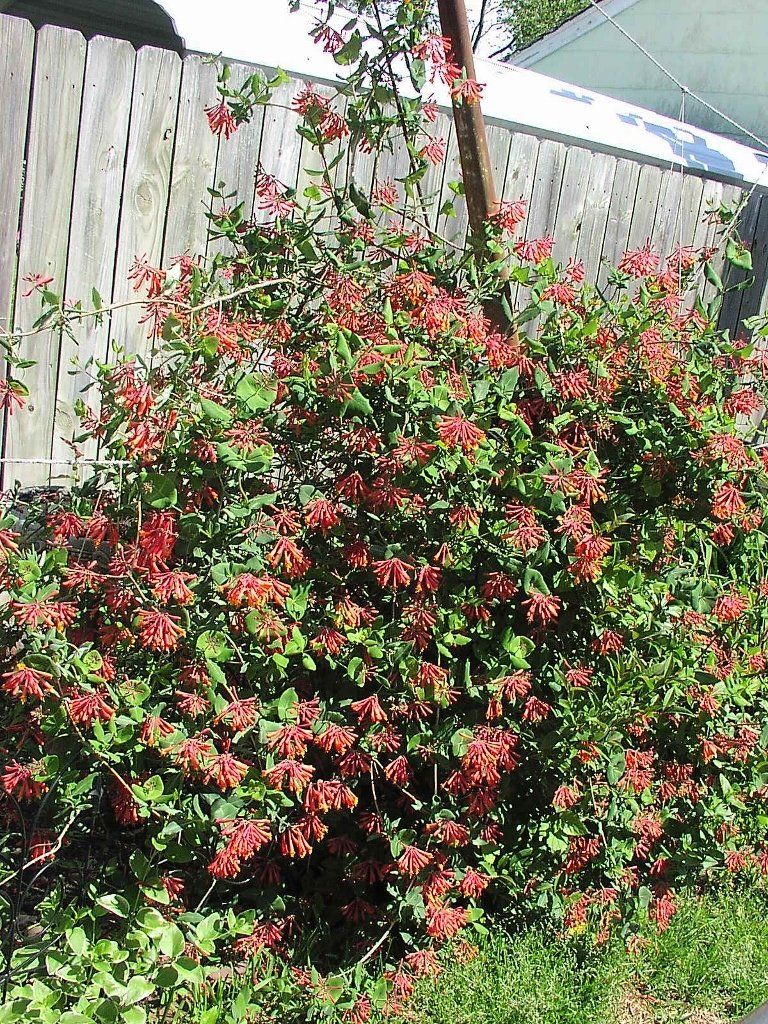Trees Versus Shrubs
Linda Ahlgrim ’05 • February 27, 2020
The Tree Stewards recently led one of the training sessions for the Class of 2020 on our favorite horticultural subject: Trees!
Paul Ziegler, Kate Whitlock, Joey Rothgery and I covered as much as possible, but I would encourage all Master Gardeners to learn more about trees and other woody plants. I highly recommend a few books: The Tree & Shrub Expert by Dr. D.G. Hessayon, which delves into trees and shrubs, plus hedges, and other woodies like ground covers and vines. Another is the Brooklyn Botanic Garden Invasive Plants: Weeds of the Global Garden. This book includes not only woody plants, but also grasses, annuals, perennials, and aquatic plants. And Michael Dirr's Manual of Woody Landscape Plants is a must have for anyone interested in trees. I am a "thrift store junkie" and almost all my books have come from one of these many local sources. I have found two of Dirr's books CHEAP – both in good condition – and gifted one to an NMG friend.
For those who may not be so familiar with these plants, trees and shrubs are both perennials. A shrub bears multiple woody stems at the base. A mature shrub may be only a few inches high or as tall as 20 feet. Its height depends on the variety and whether or not it is pruned. Resources say Sweet Betsy or Sweet Shrub (Calycanthus floridus) grows to 9 feet. Mine is now over 15 feet tall because it has not been pruned.
A formal hedge can consist of shrubs or trees in a continuous line which loses the individuality of each plant. An informal hedge preserves the natural outlines of the woody plants that are being used. Creating a monoculture (all the plants are of the same variety) can become a problem because if one becomes diseased all may be lost. Remember those red tipped photinias that were all the rage for many years, and the fungus that attacked them?
A tree preferably has one trunk at its base and one leader. If you make a peace sign with two fingers and stick out your thumb at the same time, you have a good indicator of what is right and wrong when pruning a tree. The V is an indicator that one should be the leader. You must decide which one to prune and which to keep or they will be competing. A tree can be 2 feet to over 100 feet, depending on the variety.
Also classified as woody plants are vines that may be grown on trellises, walls, fences, gazebos, poles, wires, or as ground covers. They can also be used to create privacy or to hide unsightly views or to screen out loud noises.
When planting woody plants consider this proverb, “plant it too low; it won't grow; plant too high; it will die.”
In my part of the presentation to the trainees on “Benefits of Trees,” I wanted to add this example of trees bringing a community together: I had new neighbors on both sides of my house, which is on a busy street with a curve where wrecks occur pretty often. I was recuperating from foot surgery and had never met either of the neighbors. One night as I sat in our media room on the computer I heard what sounded like a utility pole being hit. My husband disagreed; he had seen flashes when the electrical wires across the street were pulled down and thought it was a lightning strike. What really happened was a car hit the curb of the next-door house on the corner facing south. The car crashed into our yard and took out a Crape Myrtle by its roots, a section of our fence, and part of a lilac bush. Larry and I had planted the tree shortly after buying our home in 2001. It had been uprooted during Hurricane Isabel and split. We had replanted the tree – it was a beautiful watermelon color and had grown quite large. The car also hit a telephone pole that divides our drive with the driveway of the house to the north of us, splitting it in half. It damaged a car in that yard and flipped over, finally stopping at a pine tree two doors north of us. The driver had had a medical emergency and had just gotten off work at the shipyard. His car roof was flattened and the firemen had to take him out through a back window. That wreck is how I met neighbors on both sides of me and another neighbor from the block south of us.
As a Tree Steward, I am not worried about replacing a tree in that bare spot in my yard. I know that a Crape Myrtle does not belong here and that there will still be a root that will sprout up another new tree. (I know someone who flips houses. He used a truck to pull out a line of Crape Myrtles from around his father-in-law’s home. Those trees have all grown back.)





